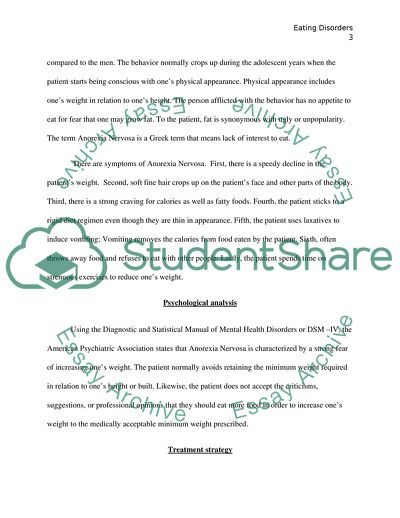Cite this document
(Eating Disorders in Adolescent Males Coursework Example | Topics and Well Written Essays - 1750 words, n.d.)
Eating Disorders in Adolescent Males Coursework Example | Topics and Well Written Essays - 1750 words. https://studentshare.org/psychology/1754497-eating-disorders-in-adolescent-males
Eating Disorders in Adolescent Males Coursework Example | Topics and Well Written Essays - 1750 words. https://studentshare.org/psychology/1754497-eating-disorders-in-adolescent-males
(Eating Disorders in Adolescent Males Coursework Example | Topics and Well Written Essays - 1750 Words)
Eating Disorders in Adolescent Males Coursework Example | Topics and Well Written Essays - 1750 Words. https://studentshare.org/psychology/1754497-eating-disorders-in-adolescent-males.
Eating Disorders in Adolescent Males Coursework Example | Topics and Well Written Essays - 1750 Words. https://studentshare.org/psychology/1754497-eating-disorders-in-adolescent-males.
“Eating Disorders in Adolescent Males Coursework Example | Topics and Well Written Essays - 1750 Words”. https://studentshare.org/psychology/1754497-eating-disorders-in-adolescent-males.


